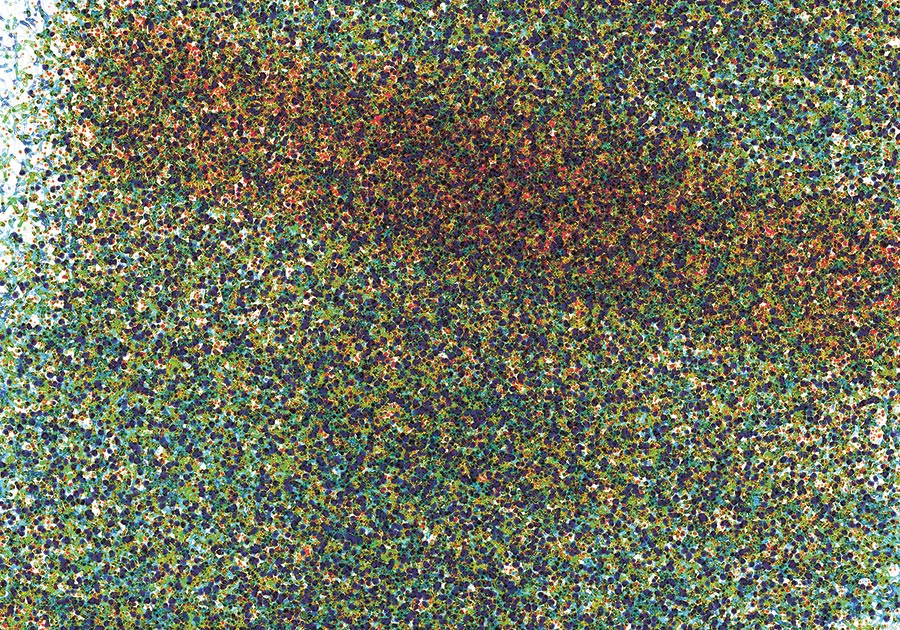The human brain is still one of the biggest mysteries of humankind. On its outside, it is not a particularly spectacular, grey-whitish, soft matter of an average of 1.5 kilogrammes in adults. However, what goes on inside is absolutely fascinating: over 100 billion nerve cells or neurons communicate on a constant basis, build networks and synaptic connections, only to change them again if another function is required. And all of this happens in just a few milliseconds. The brain is the organ that controls all body functions, produces thoughts and emotions, and is responsible for the human consciousness. “The brain is a dynamic network of networks, operating in and across many levels at the same time,” Henry Markram explains. He is a professor of neuroscience at the École Polytechnique Fédérale de Lausanne (EPFL), director of the Laboratory of Neural Microcircuitry (LNMC) and the Founder and Director of the Blue Brain Project.
“I want us to understand the brain – preferably in my lifetime, not in that of my grandchildren.”
Founded in 2005 within the Brain Mind Institute of the EPFL, the aim of the Blue Brain Project is to build accurate, biologically detailed, digital reconstructions and simulations of the rodent brain and, ultimately, the human brain. In order to achieve this, the 55-year-old brain researcher follows a very unique approach. “This requires a new strategy, because by simply relying on experiments, we will never be able to understand the brain and how it works.” He is convinced that in the face of the incalculable number of reactions that take place in the brain, it will be impossible to conduct a sufficient amount of experiments. Added to this, the only time scientists ever get a look at a functioning brain is during an operation. This is why even after decades of research, mankind still knows very little about their own, complex thinking organ.
A billion-piece jigsaw puzzle
South African-born Markram is therefore all about simulations – a strategy that has already been used successfully in other scientific areas. Using a supercomputer, he and his team of scientists, software engineers and developers, technicians and postdoctoral researchers are developing the process of assimilating all the data and knowledge on the brain and constructing a computer model of the brain with which they can simulate the functions of the brain. In the first phase, they have been concentrating on a branched structure of thousands of neurons that measures but a few millimetres; a neocortical column of the cortex of a rat. This minimum unit of the animal’s brain serves as a basis for developing the entire organ and, in a later phase, an entire human brain.
For this purpose, the researchers rely on already published scientific data and facts on the brain and integrate it in the model. From this, they deduct rules and with them calculate the structure of the brain and the possible reactions of each individual cell. Markram draws a comparison with a jigsaw puzzle of a billion pieces, of which only about 1,000 pieces are known to us. “Normally one can’t build such a puzzle. However, by finding all the rules and interdependences between the pieces, we will be able to complete even such a gigantic puzzle.”







